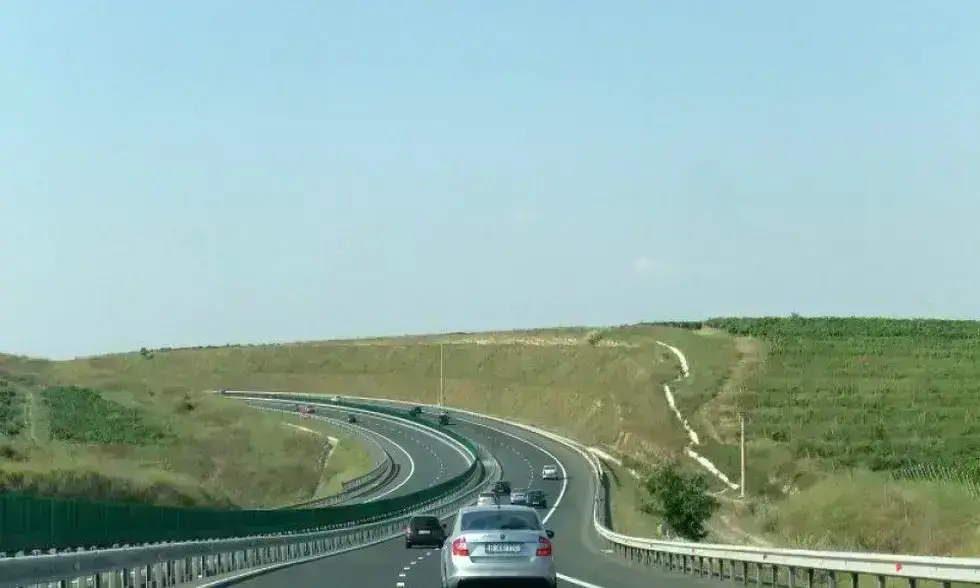In Romania, the construction of the first highway began in 1972, and it was designated as A1. It stretches from Bucharest to the country border, passing through Arad. Its construction progressed relatively slower than average due to economic reasons. The A2 was the first fully completed highway, handed over in 2012. The accession to the European Union significantly spurred highway construction.
It is important to know that highways are marked with the letter A, while expressways are marked with DX. The maximum permitted speed on highways is 130 km/h, and on expressways, it's 100 km/h.
The A0 highway: a Romanian highway that is still in planning due to a lack of financial resources. It will encircle Bucharest, making it easier to bypass the capital. The bypass will ensure a 100 km-long highway connection between the already existing A1, A2, and A3 highways.
The A1 highway: currently runs between Nădlac and Șelimbăr. The highway itself is 350 kilometers long. The existing section was connected to the bypass in 2007, and on December 1, 2010, the 17.2 km section bypassing Sibiu was inaugurated.
The A2 highway: currently 225 kilometers long, running from Bucharest all the way to Constanța. Interestingly, from June 2008, the highway has been equipped with cameras to monitor speeders and the theft of equipment.
The A3 highway: passes by larger cities such as Bucharest, Brașov, Făgăraș, Sighișoara, Turda, Cluj-Napoca, Zalău, and Oradea. Its total length is 584 km. It's a popular route as many attractions can be explored by diverting from it.
The A4 highway: intended to bypass the port city of Constanța due to heavy traffic. Its length is approximately 20 km, and the entire stretch was opened to traffic in July 2012.
The A6 highway: built from Lugoj to Calafat on the Bulgarian–Romanian border, where it connects to the Vidin–Calafat Bridge. The highway also connects to the planned Craiova–Pitești highway.
The A7 highway: connects Moldova and Wallachia via the highway and runs to the eastern border of the country. According to plans, it will branch off from the A3 near Ploiești, going through Buzău, Focșani, and Bacău, reaching the A8 highway, which extends all the way to the Ukrainian border. Part of the route will function as an expressway, and part as a highway.
The A8 highway: will facilitate traffic on the 4th and 9th pan-European transport corridors, which cross the country from east to west. The highway connects Moldova with the central part of Transylvania, touching the northern part of Székely Land.
The A10 highway: runs across northwestern Romania, connecting the A1 and A3 highways in Romania. Its planned final length is 70 km. It will also offer the opportunity to divert to the towns of Sebeș, Alba Iulia, and Turda.
The official Romanian highway e-vignette can be purchased here, in the shop.









